Best movies & TV Shows like Space Ironmen Kyodain
A unique, carefully handpicked, selection of the best movies like Space Ironmen Kyodain Starring Yûsuke Natsu, Takeshi Sasaki, Satoshi Furukawa, Mitsuko Horie, and more. If you liked Space Ironmen Kyodain then you may also like: Ultraman: Monster Movie Feature, Kamen Rider: The First, Shin Kamen Rider, Prince of Space, Gokaiger Goseiger Super Sentai 199 Hero Great Battle and many more popular movies featured on this list. You can further filter the list even more or get a random selection from the list of similar movies, to make your selection even easier.
Space Ironmen Kyodyne was a Japanese tokusatsu science fiction superhero television series. The show, like numerous others of its type and era, were produced as a joint effort between manga artist Shotaro Ishinomori and Toei Company producer Hirayama Tôru. It premiered in 1976 and ran for 48 episodes. The show is well known for its strange plot and costume design, rapid-fire and purposefully disorienting editing, and unique, sometimes surreal, atmosphere. The late Yūsuke Natsu and Takeshi Sasaki starred as Skyzel and Grounzel respectively.
You may filter the list of movies on this page for a more refined, personalized selection of movies.
Still not sure what to watch click the recommend buttun below to get a movie recommendation selected from all the movies on this list
Kamen Rider: The First
Takeshi Hongo is a man of extraordinary intellect, but his promising future is about to be maliciously snuffed out by and evil secret society known as Shocker. Reinvented against his will and transformed into a powerful experimental cyborg, Hongo will forever be known as Kamen Rider The First.
Shin Kamen Rider
A man forced to bear power and stripped of humanity. A woman skeptical of happiness. Takeshi Hongo, an Augmentation made by SHOCKER, and Ruriko Midorikawa, a rebel of the organization, escape while fighting off assassins. What’s justice? What’s evil? Will this violence end? Despite his power, Hongo tries to remain human. Along with freedom, Ruriko has regained a heart. What paths will they choose?
Prince of Space
When an alien force tries to invade Earth to steal a powerful new rocket fuel, a mysterious hero intervenes.
Gokaiger Goseiger Super Sentai 199 Hero Great Battle
The Space Empire Zangyack forms an alliance with the Black Cross King, the resurrected form of the Gorengers' enemy the Black Cross Führer, in order to invade Earth with other revived Super Sentai enemies. The Gokaigers, along with the Goseigers, who have lost their powers from the Legend War, must team up in order to fight against the new enemy.
Heisei Rider vs. Showa Rider: Kamen Rider Wars feat. Super Sentai
The Underground Empire Badan makes its move, intending to invert the world. Kouta and Mai are pulled through one of these inversions where the discover a boy named Shu, who also holds the power to invert the world. As the Riders fight to protect Shu, Fifteen appears again, seeking Shu. As Kouta flees, past Riders gather and fight one another, split between the Showa and Heisei era Riders. But, the truth of Badan is not as it seems…
Girls in Trouble: Space Squad Episode Zero
Girls in Trouble: Space Squad Episode Zero is an installment in the Toei Company V-Cinema series. Space Squad serves as a crossover between the revival of the Metal Heroes' Space Sheriff series and the Super Sentai series Tokusou Sentai Dekaranger. A prologue to Gavan vs. Dekaranger, this movie focuses on the female characters of both series.
Kamen Rider: Eight Riders vs. Galaxy King
When a new threat from outer space called Galaxy King arrives on Earth seeking an equation for a new type of energy, Skyrider, and the other seven Kamen Riders join forces to fight off the new foe and the armies of Neo-Shocker.
Choujinki Metalder: The Movie
A film version of Choujinki Metalder, set between episodes 17 & 18 premiered on July 18, 1987 at the "Toei Manga Matsuri" film festival, where it was shown as part of a quadruple feature alongside Dragon Ball: Sleeping Princess in Devil's Castle, Saint Seiya: The Movie and the film version of Hikari Sentai Maskman.
All Together! Seven Kamen Riders!!
The special opens with Tachibana Tōbei taking some children to a Kamen Rider roadshow. Just as he's reminiscing about all the heroic modified humans he's lived alongside- Ichigō, Nigō, V3, Riderman, X, Amazon, Stronger and Tackle- the first seven Riders gradually show up to greet him in their human guises, unrecognised by the crowds. When it's revealed that the kaijin onstage are 'real', not actors, the Riders henshin to save the crowd and Rider actors, uniting their power to defeat the Delzer Army's true leader, Great General Darkness in his hideout beneath the stadium.
Akumaizer 3
Akumaizer 3 is a Japanese science fiction tokusatsu television series, created by Shotaro Ishinomori and produced by Toei Company. The series premiered on Tuesday October 7, 1975 at 7:30, and ran for 38 episodes in that timeslot on NET, now known as TV Asahi. The series remains obscure outside of Japan, but was popular and renowned in its home country. The series was followed by a sequel called Chojin Bibyun which used rejected designs from the Kamen Rider series as its hero designs.
Kaiketsu Zubat
Kaiketsu Zubat, translated as Extraordinary Zubat or Magnificent Zubat, was a tokusatsu superhero series that aired in 1977. Created by Shotaro Ishinomori, this 32-episode series, harkens back to tokusatsu superhero shows of the 1950s, but with a late-1970s twist.
Kamen Rider: Dragon Knight
Kamen Rider: Dragon Knight is an American science fiction superhero television series that originally aired on The CW, as part of the CW4Kids programming block, from December 13, 2008 to December 26, 2009. It is an adaptation of the Japanese tokusatsu show Kamen Rider Ryuki and is the second installment in the Kamen Rider franchise to be adapted for American audiences after Saban's Masked Rider in 1995. The series was developed for television by Steve and Michael Wang and produced by Jimmy Sprague through Adness Entertainment.
Space Sheriff Gavan
Space Sheriff Gavan is the first of the Metal Hero Series. It aired on TV Asahi from March 5, 1982 through February 25, 1983. For distribution purposes, Toei refers to this television series as Space Cop Gabin.
Science Ninja Team Gatchaman
Science Ninja Team Gatchaman is a five-member superhero team that is composed of the main characters in several anime created by Tatsuo Yoshida and originally produced in Japan by Tatsunoko Productions and later adapted into several English-language versions. It is also known by the abbreviated name Gatchaman. The original series, produced in 1972, was eponymously named Kagaku Ninja Tai Gatchaman and is most well known to the English-speaking world as the adaptation titled Battle of the Planets. The series received additional English adaptations with G-Force: Guardians of Space and ADV Films' uncut 2005 release. Tatsunoko also uses the official translation Science Commando Gatchaman, as shown in numerous related products and media. Because the English-language versions are notoriously inconsistent not only with one another but also with the original Japanese series, viewers most familiar with the English versions often experience some confusion upon re-examining the series after a long hiatus. The original 1972 Kagaku Ninja Tai Gatchaman series was followed by an animated film, two sequel series, Gatchaman II, and Gatchaman Fighter. In the 90's, episodes from both series were dubbed into English by Saban as Eagle Riders. In 1994, the original series was remade as a condensed OVA series.
Kyoudai Ken Byclosser
Kyoudai Ken Byclosser was a serial Tokusatsu created by Shotaro Ishinomori (Ishinomori Productions) and Toei Company, in co-production with Nippon Television. The series consisted of 34 episodes, and aired in Japan starting January 10th, 1985 until August 29th of the same year.
Message from Space: Galactic Wars
The 15th solar system is invaded by the Stressos. Two men, Ryû and Ayato, and a man-ape, Baru, organize the resistance. They are helped by Eolia, a mysterious woman traveling on a three masted space ship.
The Real History of Science Fiction
The series heads to the very frontiers of space and science to produce the definitive television history of science fiction, told through its impact on cinema, television and literature, with the help of filmmakers, writers, actors, and graphic artists. Each episode will explore one of the enduring themes of science fiction: time travel; the exploration of space; robots and artificial intelligence; and aliens.
Zone Fighter
Zone Fighter, known in Japan as Ryūsei Ningen Zone, is a tokusatsu science fiction superhero television series. Produced by Toho Company Ltd., the show aired on Nippon Television from April 2 to September 24, 1973, with a total of 26 episodes, it was cancelled due to the oil crisis of 1973. This was Toho's answer to not only the popular Ultra Series, but the Henshin Hero phenomenon started by shows like Kamen Rider and Android Kikaider. The previous year, Toho had just made their successful first superhero show, Rainbowman. The series was also notable for its guest appearance by Toho's own Godzilla, as well as two other Toho monsters, King Ghidorah and Gigan. Supplementary materials published by Toho have confirmed Zone Fighter to be part of the Showa-era Godzilla series, taking place in between Godzilla vs. Megalon and Godzilla vs. Mechagodzilla.
Inazuman
Ban Daisuke of Kikaida fame takes the lead role in this classic series pitting a college student against the hostile forces of the Neo-Human Empire. Unique among live action tokusatsu shows, this innovative series features the extraordinary double henshin transformation, the Raijingo supercar, and psionic (psychic) abilities. Watari Goro (Ban) clashes with Emperor Bamba's grotesque corps of mutant monsters, and exclaims, "Summon Supreme Power” (Choriki Shorai!) to initiate his final transformation into Inazuman.
Kaizoku Sentai Gokaiger
A group of young pirates come from space to Earth to obtain the "Greatest Treasure in the Universe", which can only be acquired after obtaining the Ultimate Powers of the different 34 Super Sentai Teams. However, they end up running afoul of the Space Empire Zangyack, whose earlier invasion forces were wiped out by the 34 Sentai groups long ago. As a result, the space pirates use "pirate copies" of the powers of the older teams and fight the Zangyack forces as the Gokaigers.
Rider Time: Kamen Rider Shinobi
In the near future, the resurgence of ninjitsu in Japan sets the stage for the adventures of Rentaro Kagura, Kamen Rider Shinobi! (spin-off miniseries of Kamen Rider Zi-O)
Batten Robomaru
The second entry in Shotaro Ishinomori’s Toei Fushigi Comedy Series, Batten Robomaru follows the ally of justice space-robot Batten Robomaru, who was flying over Earth one day when he was forced to land in Karinto New Town. After his flying saucer broke, now he must stay in Karinto New Town, where shenanigans ensue!
Ninja Captor
Ninja Captor is a Japanese tokusatsu TV series aired from April 7, 1976 to January 26, 1977 on TV Tokyo 12 Channel, produced by Toei Company, Ltd. This Sentai-esque series aired during the run of Shotaro Ishinomori's original Super Sentai series, Himitsu Sentai Gorenger and was notably first superhero team show produced by Toei under the Saburo Yatsude/Hatte pseudonym. Daisuke Izumo graduates from the Wind-Demon Stealth-Army, a secret army aiming for the conquest of Japan. He instead escapes, and becomes the leader of the "Captor," a ninja team supervised by Mujin Tendou. The Captor team's mission is to battle the ninja sent out by the Wind-Demon General, Retsufuu Fuuma. This show used to be considered by some to be a part of the Super Sentai franchise* , but was later excluded. In 2013, it got a Shout-Out in the fourth episode of Hikonin Sentai Akibaranger: Season 2.
The Kagestar
While rescuing his wealthy boss's daughter from kidnappers, Sugata Kageoh, struck by an electric shock, was given the ability to merge with his shadow and transform into Kagestar!
Sarutobi Ecchan
Sarutobi Ecchan is a magical girl manga series by Shotaro Ishinomori. It was originally named Okashina Okashina Ano Ko, but was changed in 1971 when Toei Animation adapted it into an anime called Sarutobi Ecchan. The anime lasted 26 episodes. It has been recently released on DVD as a part of the DVD ANCIENT SERIES.
Himitsu Sentai Gorenger
The first heroes of the Super Sentai series! The heroes were brought together to defend the world from the Black Cross Army, who attempted to conquer the world. The five powers united as one to defeat the monsters.
J.A.K.Q. Dengekitai
Cyborg warriors were created by the Special Science Investigation Squad to bear nuclear, gravitational, magnetic, and electrical forces. They fight the crime empire known as "Crime".
Taiyo Sentai Sun Vulcan
Taiyo Sentai Sun Vulcan is the fifth season in Toei Company's Super Sentai tokusatsu television series. It was broadcast from February 7, 1981 to January 30, 1982 and is the only Super Sentai series to serve as a direct sequel to its previous series and the only all-male super sentai team. Its international English title as listed by Toei is simply Sun Vulcan.
Kamen Rider Ghost: Legendary! Rider Souls!
When a mysterious boy named Frey steals Ghost and Specter's Eyecons, they must call upon the powers of past Kamen Riders to defeat him.
Kikaider 01
Kikaider 01, is a tokusatsu superhero TV series, and a sequel series to Android Kikaider. Produced by Toei Company Ltd., it was broadcast on NET from May 12, 1973 to March 30, 1974, with a total of 46 episodes. Its title in Hawaii is Kikaida 01.





















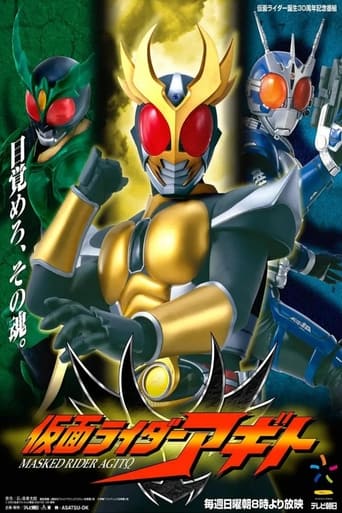













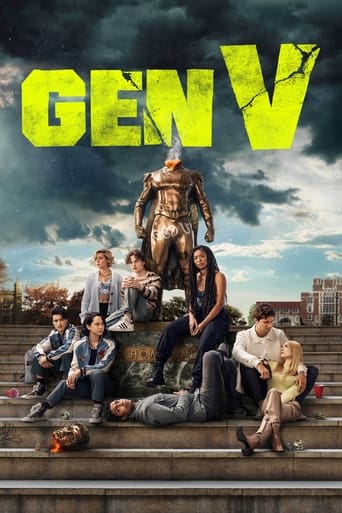

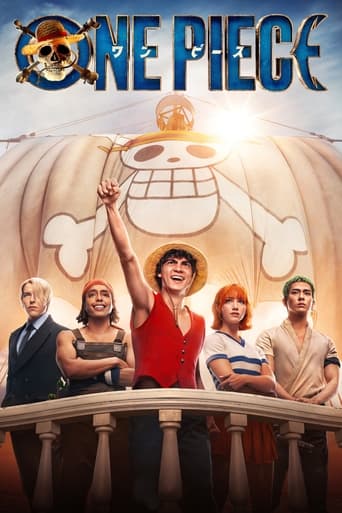
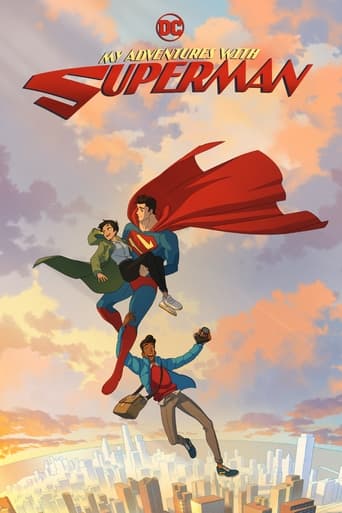

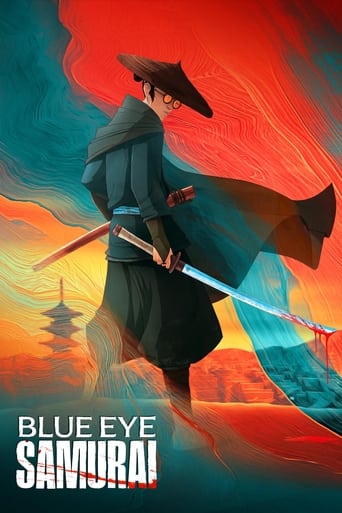
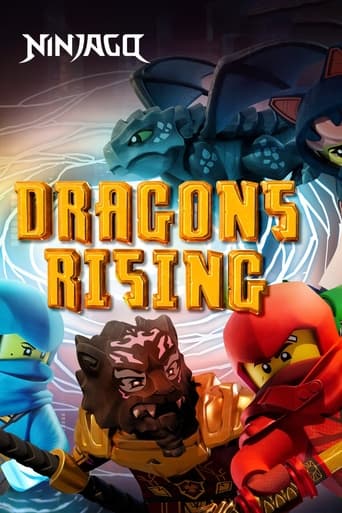
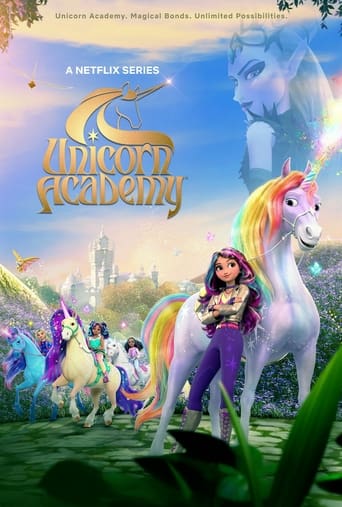


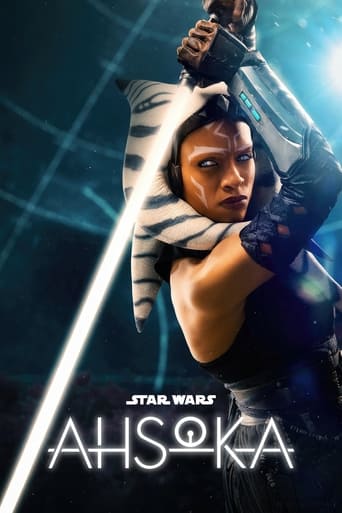

Ultraman: Monster Movie Feature
The film consists of re-edited material from the original television series Ultraman. Episodes 1, 8, 26, and 27 were used for the film. They were narrated by Hikari Urano as an "Ultraman Documentary". Allegedly only one new scene was shot, and that some parts of the movie where shot in black and white for unknown reasons. The movie screened at the same time as the Toho movie King Kong Escapes.